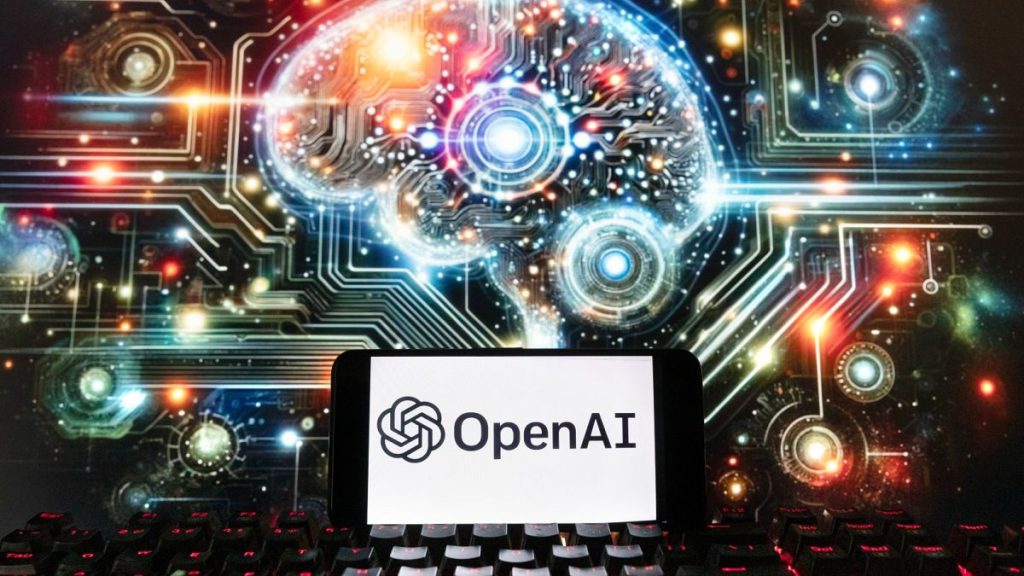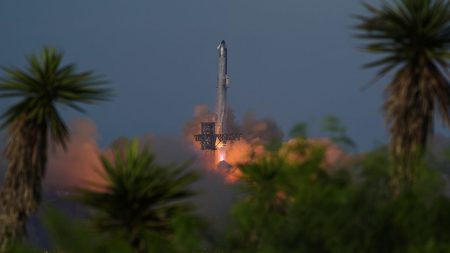2025: The Year of AI Transformation
The year 2025 is poised to be a pivotal one for artificial intelligence, marked by significant advancements that will reshape workflows, industries, and our interaction with technology. AI chatbots, industry experts, and leading consulting firms converge on several key predictions, outlining a future where AI becomes increasingly integrated into our daily lives and professional spheres. From the rise of autonomous AI agents to the proliferation of AI-powered devices and the emergence of sophisticated multimodal systems, the following paragraphs delve into the four most anticipated AI advancements of 2025.
The Dawn of AI Agents: Transforming Workflows
One of the most significant developments predicted for 2025 is the widespread adoption of AI agents within businesses. These autonomous programs, capable of making decisions and executing tasks without human intervention, are set to revolutionize workflows across various sectors. By automating routine and repetitive tasks, AI agents will free up human employees to focus on strategic and creative endeavors. Examples of such tasks include handling customer inquiries, generating initial drafts of software code, and transforming design concepts into preliminary prototypes. Consulting firms like Deloitte predict that 25% of companies currently leveraging AI will be ready to deploy AI agents by the end of 2025, with this figure projected to double by 2027. This shift towards AI-driven automation signifies a fundamental change in how work is performed, with AI taking on administrative burdens under human supervision, ultimately boosting efficiency and productivity.
Specialized AI: Tailoring Solutions for Specific Industries
2025 will also witness the continued growth of "narrow" or industry-specific AI, where AI models are tailored to address the unique challenges and opportunities within particular sectors. This targeted approach allows professionals in fields like law, medicine, and aerospace to leverage AI’s capabilities to enhance their work. Narrow AI facilitates the development of specialized tools and solutions optimized for specific tasks, leading to more effective and impactful applications. For instance, in the medical field, AI is predicted to play an increasingly crucial role in drug discovery and product development, moving beyond administrative tasks like note-taking to assist with diagnosis, treatment planning, and personalized medicine. The advantage of narrow AI lies in its ability to utilize smaller language models, reducing computational resources and enabling deployment on less powerful devices.
AI at Our Fingertips: The Proliferation of AI-Integrated Devices
The integration of AI into everyday devices is expected to accelerate in 2025, with smartphones, laptops, and other gadgets becoming increasingly intelligent. Deloitte projects that generative AI will be embedded in roughly 30% of all devices by the end of next year, with this figure reaching 50% for laptops. This proliferation of AI-powered devices will unlock a new level of personalized and intuitive user experiences. Industry-specific AI also benefits from this trend, as smaller models can be deployed directly onto devices, eliminating the need for constant internet connectivity and enabling offline functionality. This development empowers users in remote areas or situations where internet access is limited, making AI-powered tools more accessible and versatile.
Multimodal AI: A Symphony of Senses
A particularly exciting advancement anticipated for 2025 is the rise of multimodal AI systems. These systems are capable of processing and integrating information from multiple sources, including text, images, audio, and video. This holistic approach allows for a more nuanced understanding of complex information, enabling more comprehensive and insightful responses. For example, multimodal AI can analyze market commentary videos, considering both the spoken words and the speaker’s tone of voice and facial expressions to provide a deeper understanding of investor sentiment. In manufacturing, multimodal AI can analyze noise, vibrations, and other sensor data to predict potential equipment failures and optimize maintenance schedules. While Google’s Gemini 2.0 marks an early example of multimodal AI, regulatory hurdles and company policies may limit the availability of some advanced models in certain regions, potentially hindering widespread adoption in the near term.
The Expanding AI Ecosystem: A Transformative Force
These four key advancements are indicative of a broader trend of increasing AI adoption across various sectors. The International Data Centre (IDC) forecasts that global spending on AI will reach approximately $632 billion by 2028, highlighting the growing recognition of AI’s transformative potential. As AI technology continues to mature and become more accessible, businesses and individuals alike will find innovative ways to leverage its power, creating new opportunities and driving further advancements in the field.
Challenges and Considerations: Navigating the AI Landscape
While the potential benefits of these AI advancements are undeniable, it is crucial to acknowledge the associated challenges and considerations. The ethical implications of AI, including bias in algorithms and the potential for job displacement, require careful attention. Furthermore, ensuring data privacy and security in an increasingly AI-driven world remains a critical concern. As we move forward, fostering collaboration between researchers, policymakers, and industry leaders will be essential to navigate these challenges and unlock the full potential of AI while mitigating its risks.














